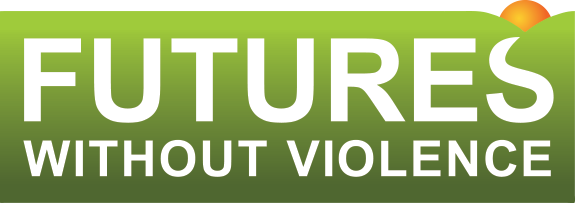Human Trafficking: A Hidden Problem

Norma, México
Norma came to the United States when she was 18 with her boyfriend, Marco. Over the period of time she was with him, he forced her to have sex with strangers for money. Marco would take her to a discount strip mall to be picked up by men. Or she was driven by taxi to various apartment complexes to perform sexual acts with several men throughout the day. Norma stayed with Marco because she believed that she could not survive without him. He was the only person she knew in the U.S. and she depended on him for “everything.” At times she would decide to leave Marco, but fear held her back. He constantly terrorized her, resorting to physical beatings when she resisted going to work.
Human Trafficking: A Global Problem
Human trafficking involves people being bought, sold, and forced into labor and/or sexual exploitation. The United Nations recently reported that four million people are traded each year against their will to work in servitude in their own country or around the globe. Many are trafficked into the United States. It’s estimated that eighty percent of trafficking victims are women and girls.
Human Trafficking, A Problem in the U.S.
- Because of its covert nature, the magnitude of the problem is difficult to ascertain.
- The United States government suggests that approximately 600,000 to 800,000 people each year are traded against their will to work in one or more forms of servitude.
- The United States government estimates that 14,500-17,500 women and children are trafficked each year into the United States, primarily from Latin America, countries of the former Soviet Union and Southeast Asia. This figure may be conservative since many trafficked women may not report to law enforcement. This is according to U.S. Government-sponsored research completed in 2006.
Trafficking Victims Protection Act of 2000
In 2000, the U.S. government enacted the Victims of Trafficking and Violence Protection Act of 2000, which helps prosecute traffickers and assist victims. The number identified victims of trafficking have risen since then, as have prosecutions and social service providers working with survivors. The Trafficking Victims Protection Reauthorization Act of 2003 provides resources and initiatives to assist the 18,000 to 20,000 victims of human trafficking who are trafficked into the United States every year. The Trafficking Victims Protection Reauthorization Act of 2005 was signed into law on January 2006. For an in depth summary, please visit the Freedom Network .
Similarities Between Human Trafficking and Intimate Partner Violence
Victims of trafficking are often subject to the same kinds of abuse as are battered women and children:
- Restriction on freedom of movement,
- Isolation,
- Financial control,
- Threats,
- Intimidation,
- Physical and sexual violence, and
- Fostering of drug and alcohol dependencies due to their situations.
In addition they:
- May have physically isolation
- Don’t know the language,
- Are not connected to any family or community of support,
- Don’t know their legal rights,
- May not trust the police, and
- May fear deportation.
Trafficking Survivors Needs:
- Trafficking survivors may need counseling and help with sexual or domestic abuse they have suffered, as well as trauma from other crimes.
- They need help identifying their legal options for gaining immigration status and filing any civil suits to challenge their exploitation.
- If survivors want immigration status they must work with, or attempt to work with, the criminal justice system investigation of the trafficking and related crimes.
- They likely need healthcare, and perhaps also mental health and dental services.
- They need public benefits, and safety planning, and someone to help them understand their options.Survivors must make their own choices, however, which means they may need someone to help buffer them from conflicting agendas.
Collaborating to Help Trafficking Survivors
Futures Without Violence believes that the only way you can ensure trafficking survivors get everything they need is to build relationships with organizations and allies in key systems that encounter or help crime victims. Futures’ Building Collaborative Responses Project on human trafficking helps build multidisciplinary collaborations. For more information, resources, and training opportunities click here.
What you can do to help stop human trafficking:
- Educate yourself
- Tell your friends and family
- Contact your elected representatives – they need to hear from you
- Support anti-trafficking organizations
- Report a suspected case of trafficking
Resources
- Human Trafficking Crisis Line and Resources. Hotline:1-888-373-7888, TTY: 711; Chat: 233733
- National Domestic Violence Hotline at 1-800-799-SAFE, Text: START (88788)
- StrongHearts Native Helpline, 1-844-7NATIVE (762-8483), Call, text, or chat.
- Building Collaborative Responses to Support Survivors Resources, Recorded Webinars and Technical Assistance (FUTURES)
- National Human Trafficking Training and Technical Assistance Center (NHTTAC)
- Human Trafficking Capacity Building Center (Resources)
- Freedom Network USA (HT Coalition)
- List of Anti-Human Trafficking Resources by Sector
- Human Trafficking Task Force E-Guide
To request technical assistance or for more information on the Building Collaborative Responses Project, please contact Monica Arenas at: marenas@futureswithoutviolence.org.



